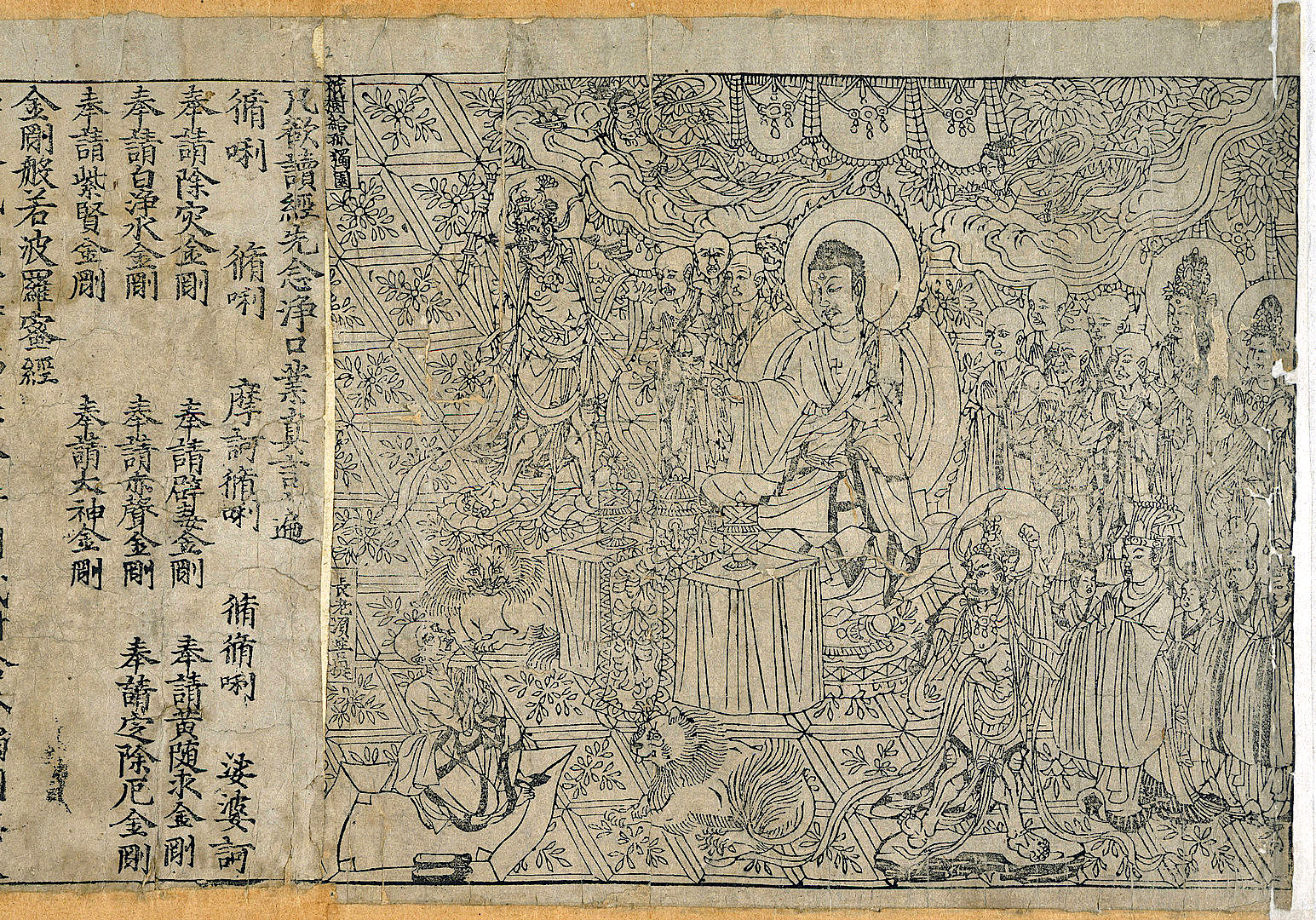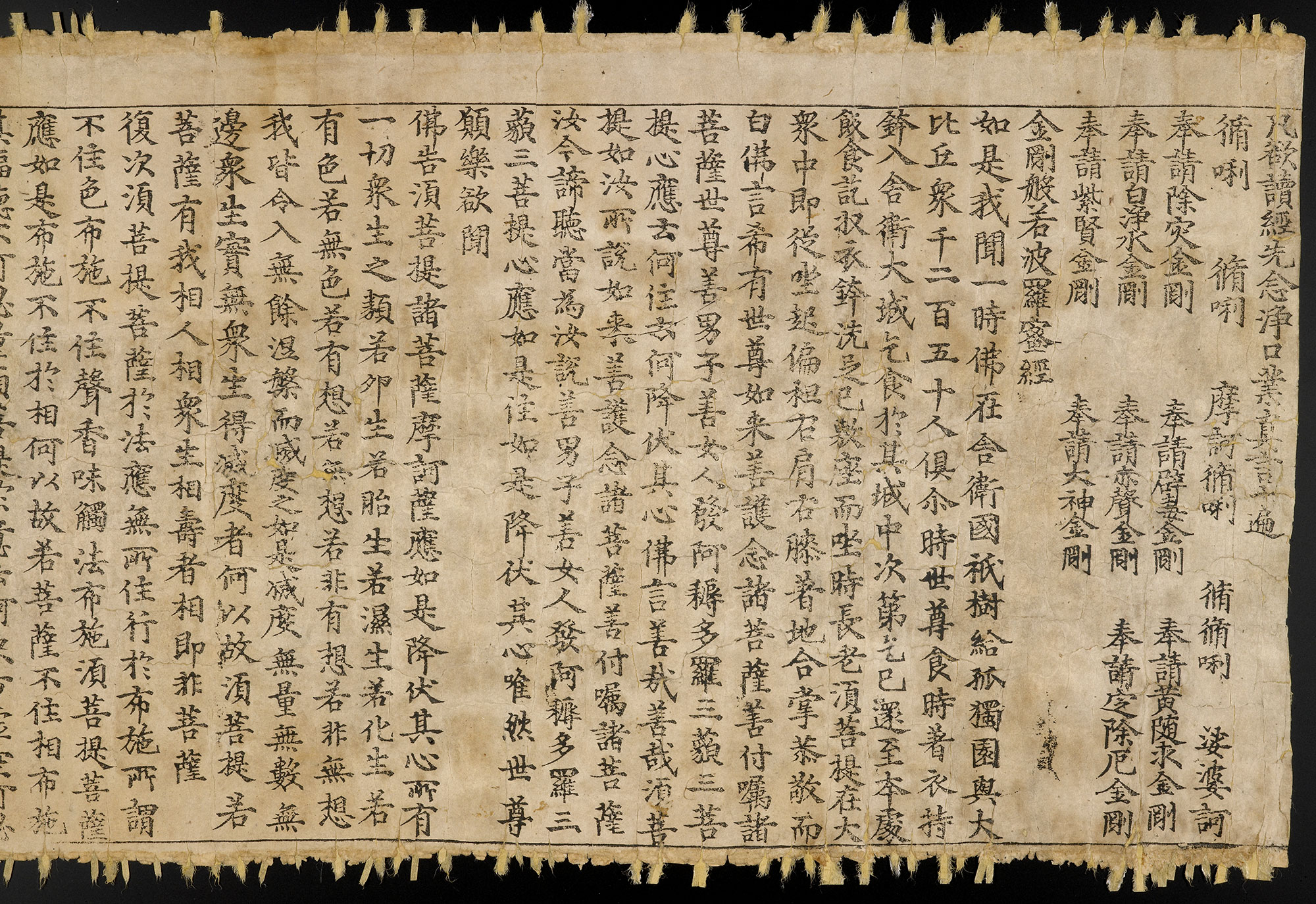We lived in one world before August 6, 1945, and have lived in another ever since. Nobody understood this more clearly than Albert Einstein, who had advocated for the research that culminated in that day. “A letter from Dr. Einstein in 1939 informed President Roosevelt that the Germans were engaged in the development of an atomic bomb and urged that science and technology in the United States be mobilized on a similar effort,” says a 1946 New York Times article. “This [1939] letter gave the first impetus to the development of the Atomic Bomb.” This story was included by way of context of a new call to action by Einstein and other prominent scientists, one meant to secure humanity’s future in a world with the bomb.
“Our world faces a crisis as yet unperceived by those possessing power to make great decisions for good or evil,” declares a telegram sent by Einstein to what the Times calls “several hundred prominent Americans.” “The unleashed power of the atom has changed everything save our modes of thinking and we thus drift toward unparalleled catastrophe. We scientists who released this immense power have an overwhelming responsibility in this world life-and-death struggle to harness the atom for the benefit of mankind and not for humanity’s destruction.”
Hence the formation of the Emergency Committee of Atomic Scientists, chaired by Einstein and including as members such figures as Hans A. Bethe, who’d directed the Theoretical Division at Los Alamos, and Leo Szilard, Einstein’s collaborator on the 1939 letter to Roosevelt.
Szilard also appears along Einstein in the colorized short film clip above, in which they listen to a version of their telegram read aloud “We beg you to support our efforts to bring realization to America that mankind’s destiny is being decided today, now, this moment,” reads the announcer. The telegram itself specifies that “we need two hundred thousand dollars at once for a nation-wide campaign to let the people know that a new type of thinking is essential if mankind is to survive and move toward higher levels.” In other words, one mindset had enabled the creation of nuclear weapons, and quite another was needed to prevent them from ever being used again. In 1954, the year before his death, Einstein wrote that “I made one great mistake in my life — when I signed the letter to President Roosevelt recommending that atom bombs be made.” It’s one kind of ambition to change the mind of a politician, and quite another to change the mind of humanity.
Related content:
Albert Einstein in Four Color Films
Hear Albert Einstein Read “The Common Language of Science” (1941)
Albert Einstein Explains Why We Need to Read the Classics
Based in Seoul, Colin Marshall writes and broadcasts on cities, language, and culture. His projects include the Substack newsletter Books on Cities, the book The Stateless City: a Walk through 21st-Century Los Angeles and the video series The City in Cinema. Follow him on Twitter at @colinmarshall or on Facebook.





